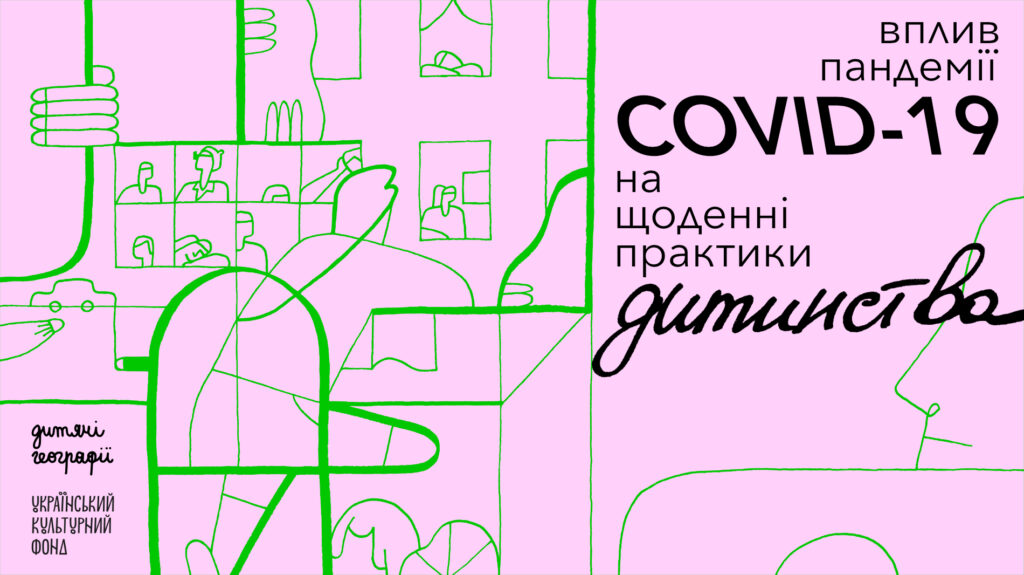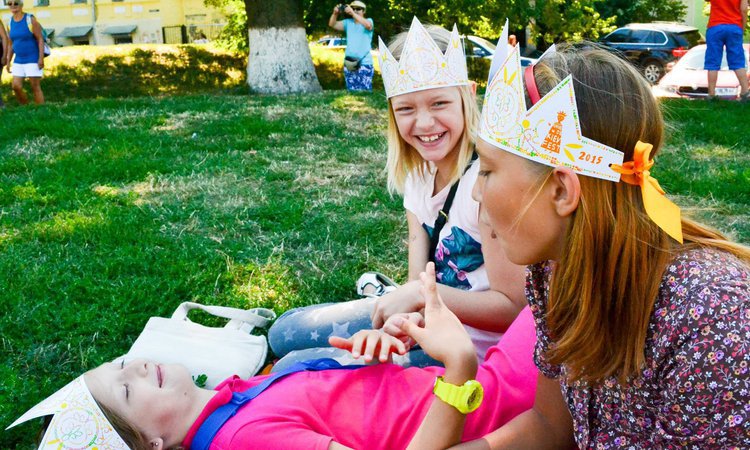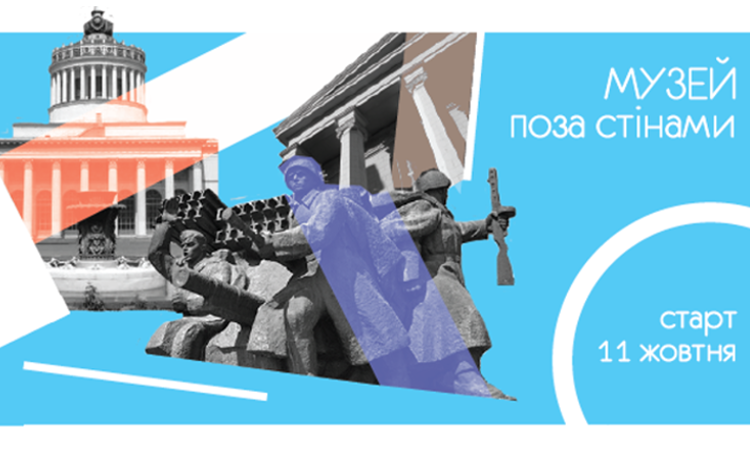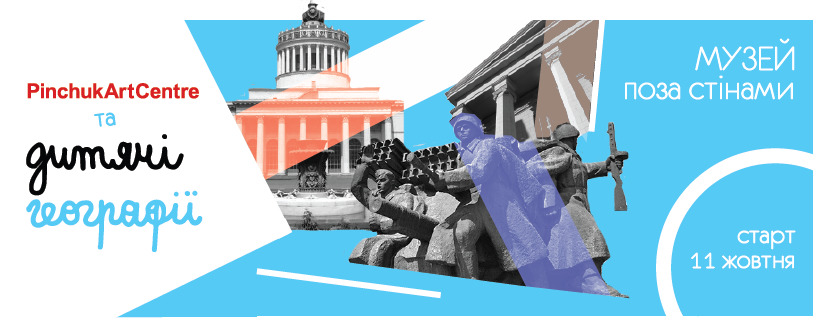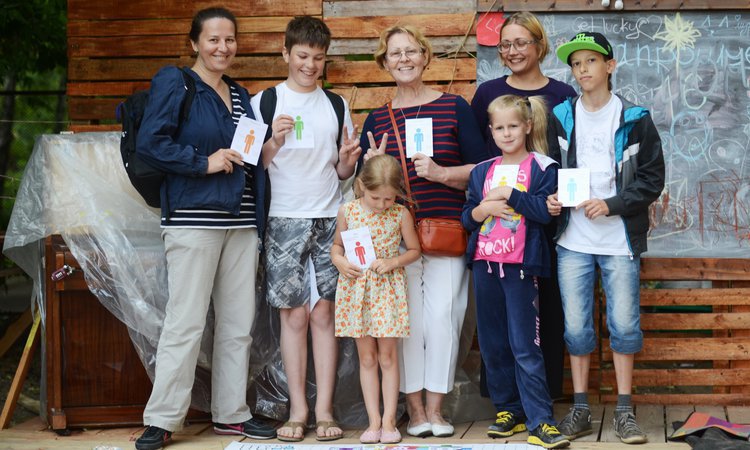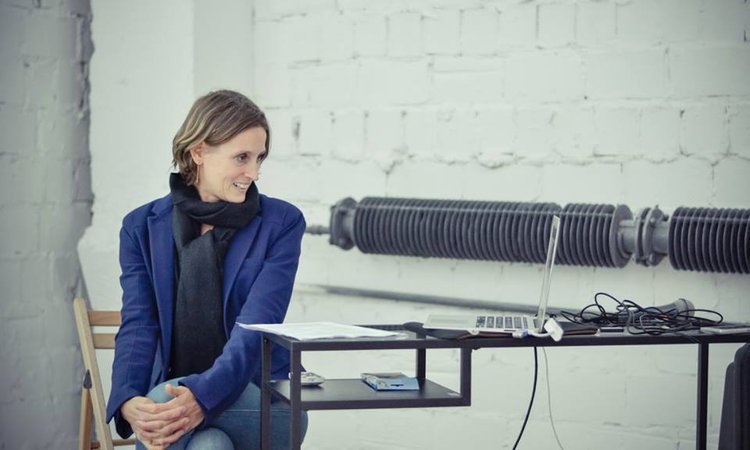Slavutych. Capsula was an educational program which became a part of “86” Urban Film & Culture Festival in May 2016. The program aimed to engage children and teenagers in dialogue between generations, using tools of historic research, art practices, and creation of “Slavutich time capsule”. The capsule filled with historic artifacts is both the form for preserving the memory of past generations and the message to the future ones.
Photos capturing the program moments: part 1, part 2
During the program, participants from Slavutych, Kyiv and other cities had a chance to learn the ways of collecting, preserving, and passing the memory as well as to do fieldwork and interpret the artifacts. Using means of documenting the oral history, photo and video shootings, mapping, and creative interpretation children and teenagers produced their own vision of the town’s history, established through communication with the representatives of different generations.
The results of the work were presented in the form of pop-up exhibition which included the performative interaction with the visitors of the film festival and local citizens. The participants recreated individual and collective memories of Slavutych with found objects, photo, audio, texts, and alternative guided tours in Ukrainian and English. In the end, the Capsule was put in the ground.


